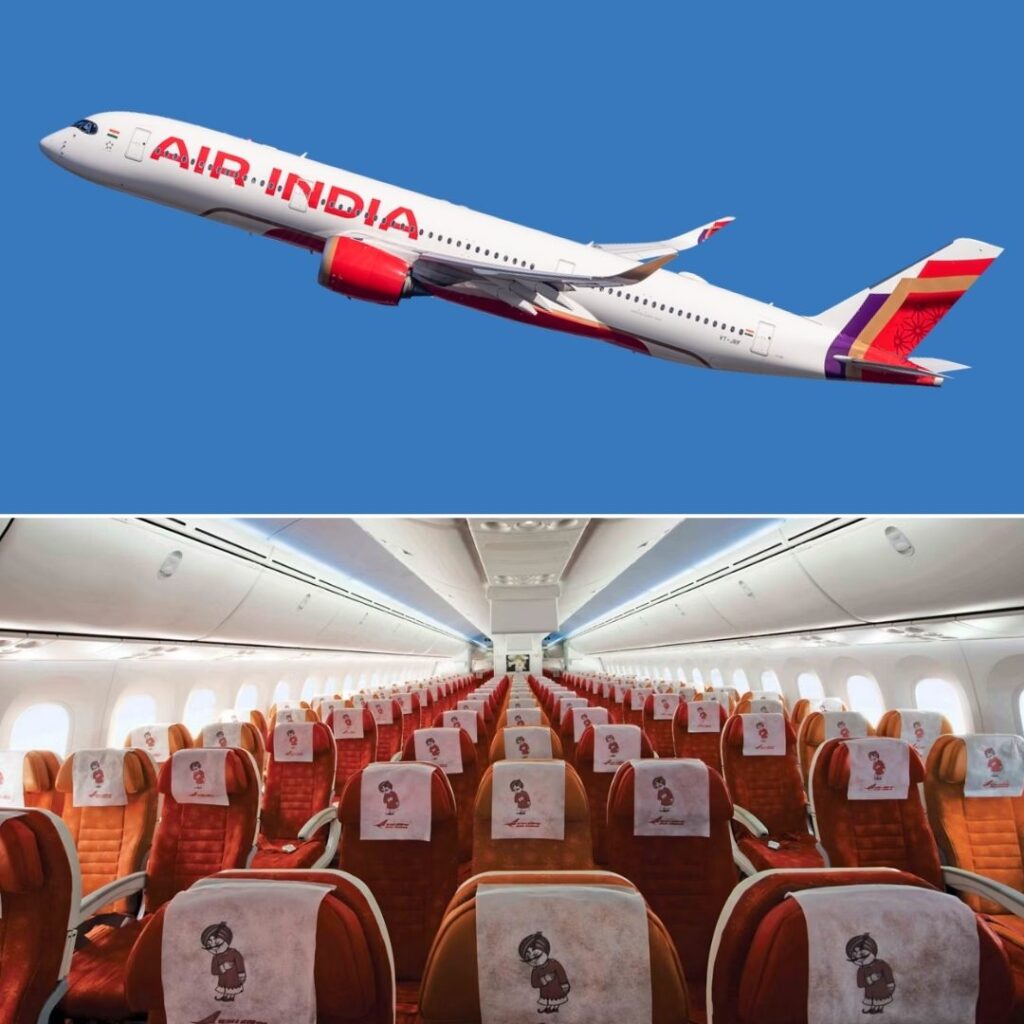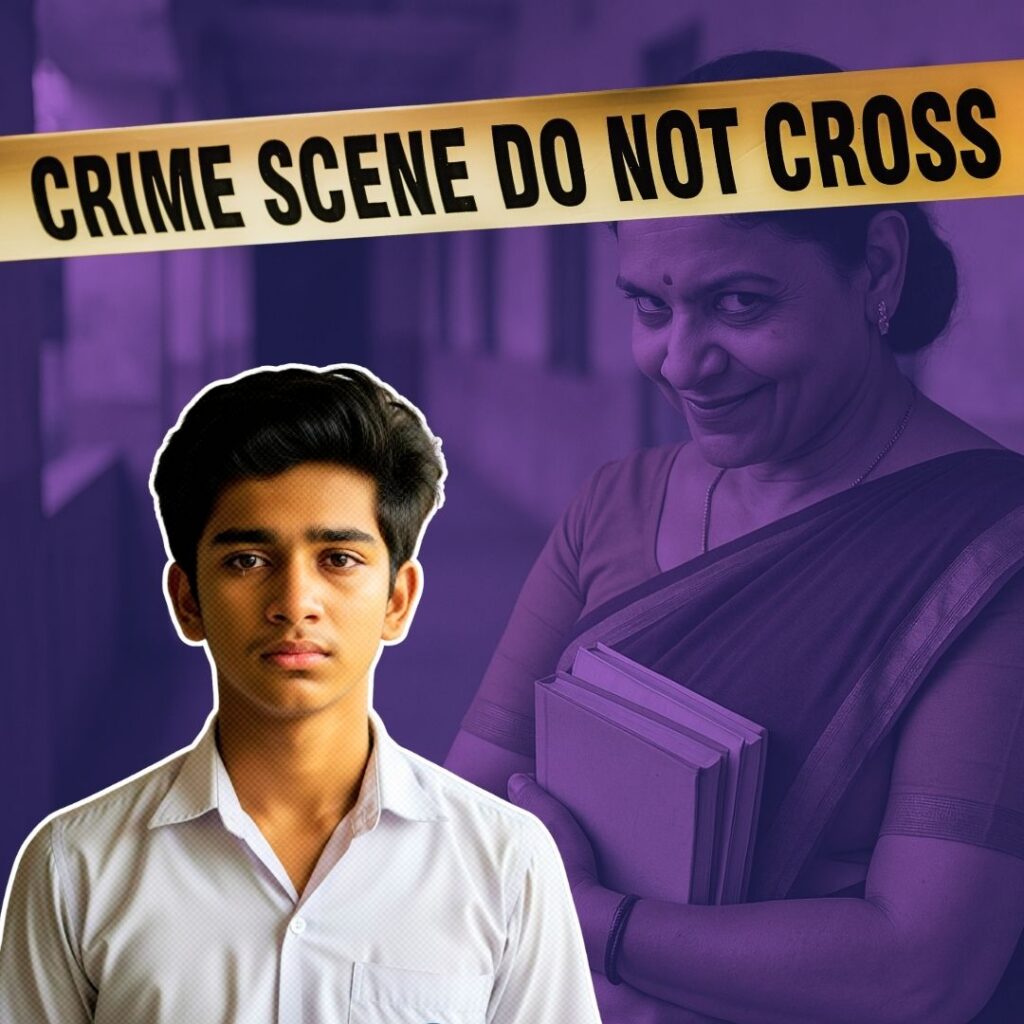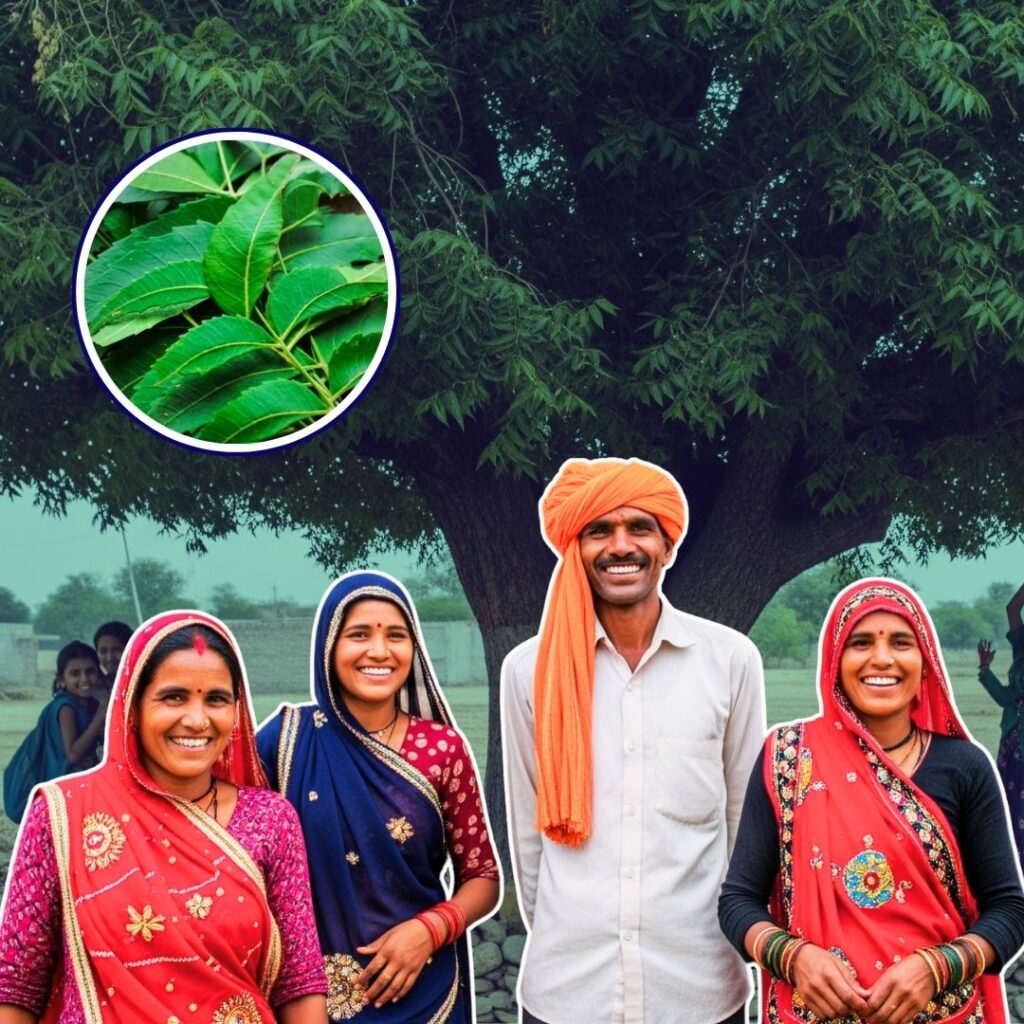Nalanda Project
Impacting over 6500 children with its in-class technology intervention, Nalanda Project set up its roots in 2013 encouraging 150 children in Mumbai and Pune. With the vision of empowering students to take charge of their learning and allowing teachers to efficiently deliver classroom instruction, Nalanda Project is now present in Mumbai, Pune, and Delhi to give all children an access to quality learning resources. Believing that change is possible, Vivek Ragavan, CEO of the organisation said –
“At MFE we believe in the power of technology-based solutions in the areas of Education and Healthcare. As we started Nalanda Project, we realized that there was a gigantic need to close the learning gaps in Municipal and Low-Income schools in India and that leveraging technology was the best way to achieve rapid improvements in learning outcomes, student excitement, and teacher effectiveness and have the massive impact through scalable expansion of the project throughout India.”
Nalanda Project pragmatically aims to achieve rapid improvements in learning outcomes, student excitement and teacher effectiveness by leveraging a low cost and scalable technology platform in these low-resource classrooms (without internet access) that will enable students and teachers to utilize world class digital content that is mapped to the local curriculum and combine this content with the most advanced blended learning pedagogical tools. By 2020, the goal to serve over 10s of thousands of kids in multiple subjects, multiple languages, and all the grades from 2-10.
Current Education Scenario
Source ASER report
Approach Relevant videos and interactive exercises, carefully mapped to the curriculum, and made available on low-cost individual tablets, allow self-paced learning in an offline system that avoids expensive and unsecured internet access.
The Nalanda platform transforms learning from being a chore to being fun for the students, while improving effectiveness, partly as a result of students taking charge of their own learning and moving at their own 6500 Children, pace. The Nalanda model also helps teachers track and analyze student data more easily, which allows them to customize time and teaching to each student.
Blended Learning Pedagogy It is a well-known fact that simply placing technology into a classroom does not enhance student learning. That’s why the Nalanda Project provides teachers with training and support on how to blend technology with their traditional classroom practice. Across Nalanda Project network, teachers employ Nalanda through a rotation model.
For at least 80 minutes each week, students use the tablets to practice and apply what they have learned in class. During this period, the teacher acts as a facilitator, enabling students to learn independently while still offering personalized support.
The Nalanda Project also enables self-paced learning: Different students can simultaneously work on different material. Those who have mastered a concept no longer have to wait for the teacher’s instructions to move on. Instead, they can use their tablets to push themselves to a new level of understanding. At the same time, struggling students can continue to practice a given concept without feeling like they are behind. Nalanda Project blended learning pedagogy empowers students and teachers alike, regardless of internet connectivity, electricity, teacher expertise, or student learning levels
Advantages Of Nalanda Project Approach The presence of technology in the classroom does not only get the children excited to use tablets but makes them learn at their own pace, encourages digital literacy and promotes leadership skills. All of this combined has resulted in higher engagement levels and has boosted their confidence.
OLYMPUS DIGITAL CAMERA
Anjali, a 6th grader, says, “I enjoy using tabs because I can watch the video teacher has assigned to me and wear earplugs so that I don’t get disturbed. After which I solve an exercise. I get many points after solving the exercise and I love it because there are so many questions and so much to learn from the tabs. Tabs make me happy. I want to become a software engineer after I grow old”.
After seeing their class progress, teachers too enjoy this technology intervention. Coming directly from one of our teachers Kashmira, “I think tab sessions allows me to take a backseat and letting the kids understand certain concepts. We use tabs during our math class weekly, and I have observed that it gives a space for kids to understand independently watching the videos, solving and checking sums. For instance, a child who was struggling on paper, after watching the videos thrice was quite clear and could solve sums based upon the same. While solving and gaining those points excites them to solve and look forward to more questions. It also helps me to use digital technology to differentiate according to the…











